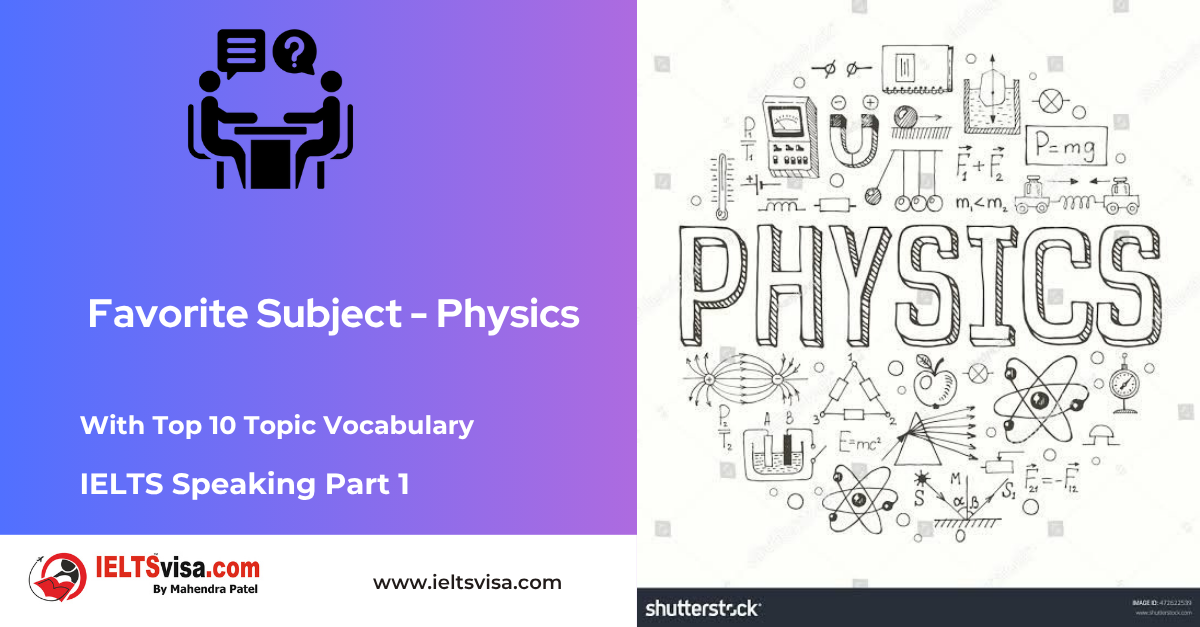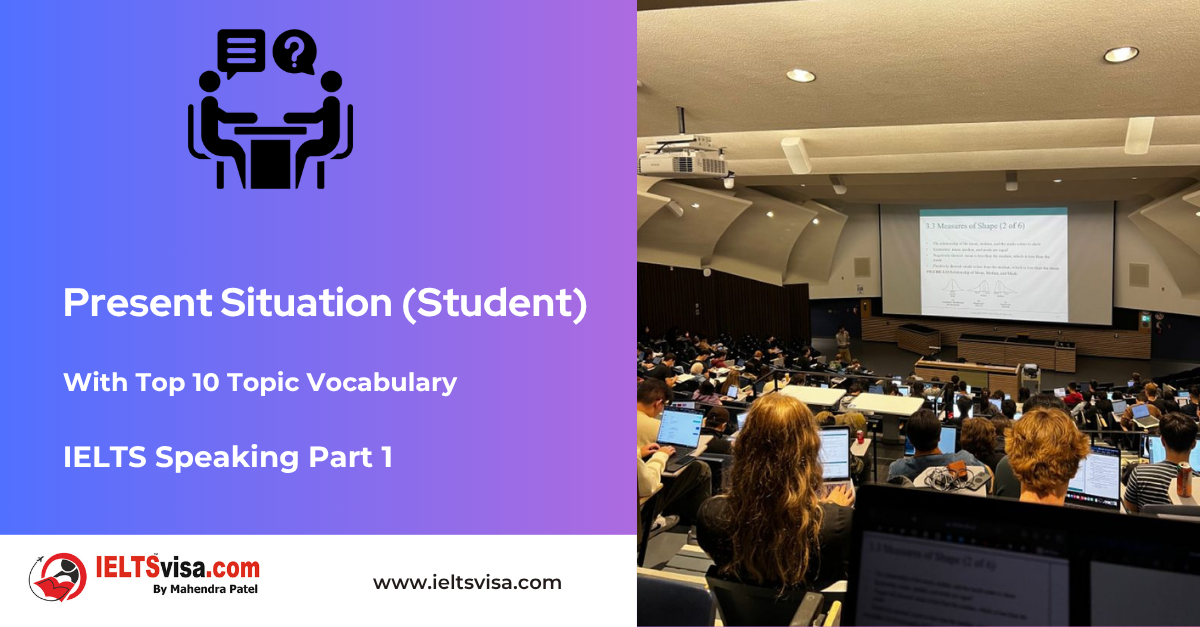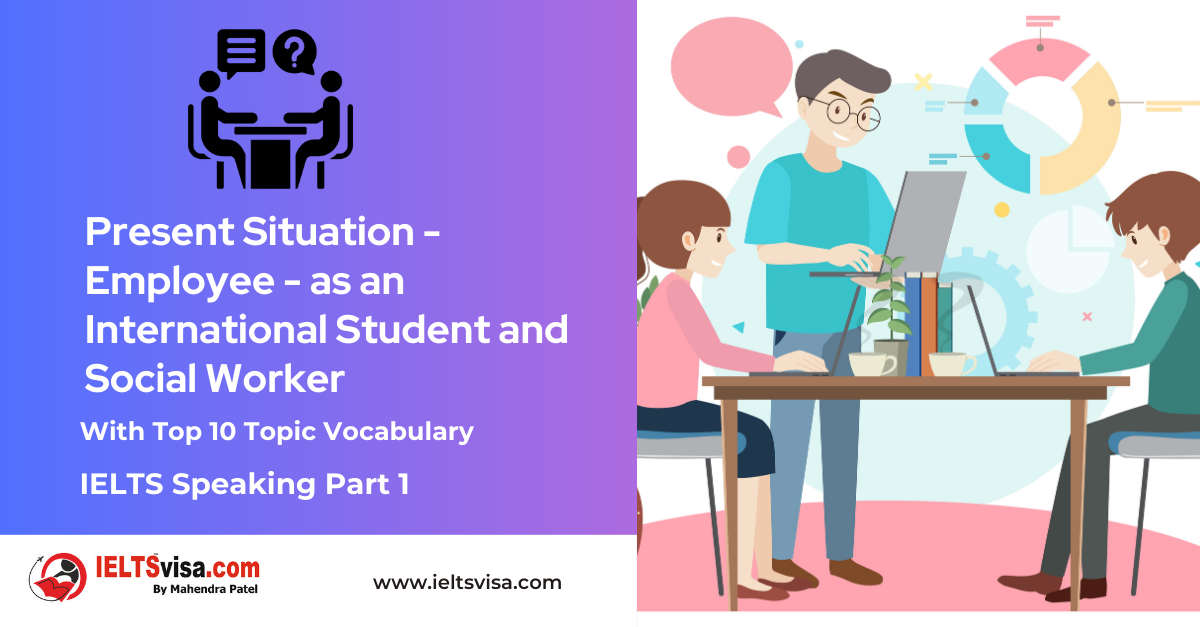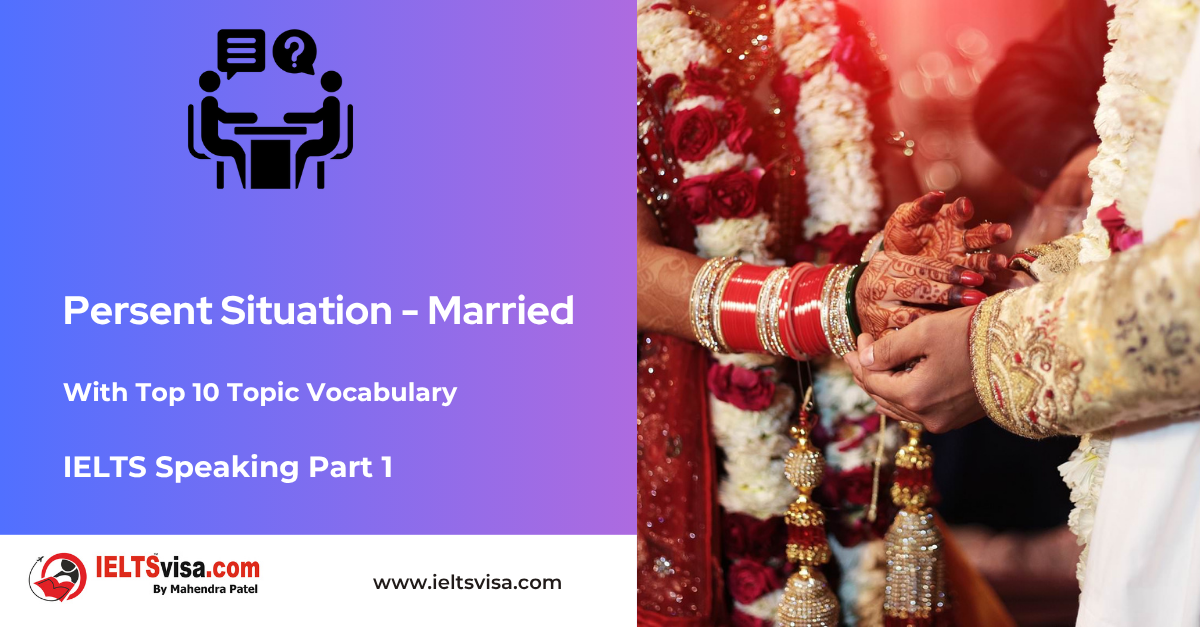A Historical Building You Visited – Taj Mahel
IELTS Speaking Part 2 (Cue Card) Part 3: Follow-Up Questions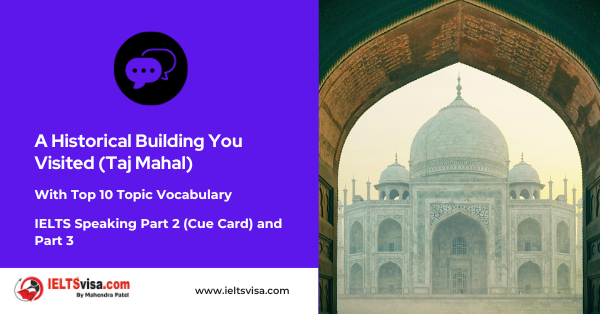
A Historical Building You Visited – Taj Mahel
🗂️ Part 2 – Cue Card
Describe a historical building you visited.
You should say:
- What the building is
- Where it is located
- What you saw there
And explain why you liked this building.
🗣️ Sample Answer
One historical building I visited and really admired is the Taj Mahal, located in Agra, India. It is one of the most famous monuments in the world and is recognised as a UNESCO World Heritage Site. I went there during a school trip, and it was an unforgettable experience.
The Taj Mahal is a beautiful white marble structure built by Emperor Shah Jahan in memory of his wife Mumtaz Mahal. As I approached the monument, I was amazed by its perfect symmetry, the intricate carvings, and the vast dome at its centre. The gardens, fountains, and reflecting pool added to the charm.
I liked the building because of its incredible architecture, emotional story, and peaceful surroundings. It’s not just a symbol of love but also a masterpiece of Mughal engineering and design. Visiting it gave me a deeper appreciation for historical art and culture.
🔁 Part 3: Follow-Up Questions
1. Why do people visit historical buildings?
People visit historical buildings to learn about the past and experience cultural heritage. These sites often carry stories, architecture, and traditions that can’t be found in books alone. They also offer a unique travel experience.
2. What can we learn from historical buildings?
We learn about ancient lifestyles, construction methods, and artistic expressions. They give us insights into the values and beliefs of past generations. Historical buildings often teach us to appreciate the importance of preservation and cultural identity.
3. Should historical buildings be preserved?
Yes, they are an important part of a nation’s heritage. Preserving them keeps history alive and allows future generations to learn from it. They also attract tourists and contribute to the economy.
4. What challenges are faced in preserving old buildings?
Issues include pollution, natural wear, lack of funding, and urban development. Sometimes modern needs conflict with preservation efforts. Regular maintenance and public awareness are necessary to protect them.
5. Are modern buildings better than historical ones?
Modern buildings are more functional and efficient, but historical ones often have more character and artistic value. Each has its own importance depending on the context and purpose. Ideally, cities should have a mix of both.
6. Do historical buildings attract tourists?
Absolutely. Sites like the Taj Mahal, the Eiffel Tower, or the Colosseum attract millions of visitors. They’re major attractions and help promote cultural exchange and local businesses.
7. What role do schools play in teaching about historical sites?
Schools can organise field trips, incorporate history into the curriculum, and encourage students to explore their local heritage. Teaching history helps build respect for national identity and global culture.
8. What is the impact of tourism on historical sites?
Tourism brings revenue but can also cause damage through overcrowding and pollution. Managing tourism responsibly is crucial. Governments should set visitor limits and promote sustainable practices.
9. How do historical sites connect generations?
They act as bridges between the past and present. Elders can share stories about the buildings, and children can visualise history. This creates a shared cultural understanding across age groups.
10. Should locals be involved in the preservation of heritage sites?
Yes, local communities play a key role. Their participation ensures better care and creates a sense of ownership. Locals can also help educate tourists and maintain the area respectfully.
Top 10 Topic Vocabulary -A Historical Building You Visited – Taj Mahel
|
Vocabulary |
Type |
Meaning |
Synonyms |
Antonyms |
Word Family |
Example Sentence |
|
Monument |
Noun |
A structure built to commemorate something |
Memorial, landmark |
— |
Monumental |
The Taj Mahal is a famous monument in India. |
|
Symmetry |
Noun |
Balance and identical form on both sides |
Proportion, alignment |
Asymmetry |
Symmetrical |
The Taj Mahal is known for its perfect symmetry. |
|
Heritage |
Noun |
Cultural traditions passed from the past |
Legacy, tradition |
Loss |
Heritable, inherit |
We must protect our cultural heritage. |
|
Architecture |
Noun |
Design and construction of buildings |
Building design |
— |
Architect, architectural |
Mughal architecture is rich and detailed. |
|
Preservation |
Noun |
Keeping something in good condition |
Conservation, protection |
Destruction |
Preserve, preserved |
Preservation of old buildings is essential. |
|
Restoration |
Noun |
Repairing to original condition |
Renovation, repair |
Damage |
Restore, restoring |
The palace underwent restoration last year. |
|
UNESCO |
Noun |
International heritage organisation |
— |
— |
— |
The site was declared a UNESCO World Heritage. |
|
Carvings |
Noun |
Decorative cuttings in stone or wood |
Engraving, sculpture |
— |
Carve, carved |
The marble carvings were intricate. |
|
Dome |
Noun |
A rounded roof structure |
Cupola, vault |
Flat roof |
— |
The dome at the centre was stunning. |
|
Reflecting pool |
Noun |
A water body that mirrors the structure |
Water feature |
— |
— |
The reflecting pool added beauty to the view. |

Our Books
Master IELTS Speaking Part 1
IELTS Writing Task 1 Book
IELTS Writing Task 2 Book
Practice IELTS Other Modules
IELTS Listening
The IELTS Listening test assesses how well you can understand spoken English in various contexts. It lasts about 30 minutes and is divided into four sections with a total of 40 questions. The listening tasks become increasingly difficult as the test progresses.
IELTS Academic Reading
The IELTS Academic Reading section assesses your ability to understand and interpret a variety of texts in academic settings. It is designed to evaluate a range of reading skills, including skimming for gist, reading for main ideas, reading for detail, understanding inferences, and recognizing a writer's opinions and arguments.
IELTS Speaking
The IELTS Speaking test assesses your ability to communicate in English on everyday topics. It lasts 11-14 minutes and consists of three parts: introduction, cue card, and a discussion based on the cue card topic.
IELTS General Reading
IELTS General Reading tests your ability to understand and interpret various types of texts. Here are some key areas and types of content you can expect to encounter in the reading section, along with tips for effective preparation.
IELTS Academic Writing Task 1
In IELTS Academic Writing Task 1, you are presented with a visual representation of information, such as graphs, charts, tables, or diagrams, and you are required to summarize, compare, or explain the data in your own words.
IELTS General Writing Task 1
In IELTS General Writing Task 1, you are required to write a letter based on a given situation. The letter can be formal, semi-formal, or informal, depending on the prompt. Here’s a breakdown of the key components to include in your letter
IELTS Academic Writing Task 2
In IELTS Academic Writing Task 2, you are required to write an essay in response to a question or topic. Here’s a guide to help you understand the essential elements of this task
IELTS Exam Tips
To succeed in the IELTS exam, practice regularly, familiarize yourself with the test format, improve your vocabulary, develop time management skills, and take mock tests to build confidence.
Grammer for IELTS
Grammar is the foundation of effective communication in English. Understanding tense usage, subject-verb agreement, and sentence structure enhances clarity and coherence in writing and speaking.
Vocabulary for IELTS
Vocabulary plays a crucial role in the IELTS (International English Language Testing System) exam, especially in the Speaking and Writing sections. Here’s an overview of why vocabulary is important and how it impacts your performance
RECENT IELTS SAMPLES QUESTIONS AND ANSWERS
IELTS Speaking Part 1 – Favourite Sujbect – Physics
IELTS Speaking Part 1 - Favourite Sujbect - Physics Q: What is your favourite subject? A: My favourite subject...
IELTS Speaking Part 1 – Present Situation (Student)
IELTS Speaking Part 1 - Present Situation (Student) Q1: Are you a student or do you work?A: I’m a full-time...
IELTS Speaking Part 1 – Present Situation – Employee – as an International Student and Social Worker
IELTS Speaking Part 1 - Present Situation - Employee - as an International Student and Social Worker Q1: Are...
IELTS Speaking Part 1 – Persent Situation – Employee- as an Electric Engineer
IELTS Speaking Part 1 - Persent Situation - Employee- as an Electric Engineer Q1: What do you do for a...
IELTS Speaking Part 1 – Persent Situation – Employee – as an Software Engineer
IELTS Speaking Part 1 - Persent Situation - Employee - as an Software Engineer Q1: What do you do for a...
IELTS Speaking Part 1 – Persent Situation – Married
IELTS Speaking Part 1 - Persent Situation - Married Q1: Are you married?A: Yes, I am married. My spouse and I...

